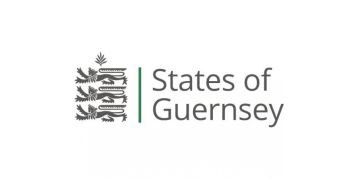Teaching pupils in mixed-ability groups is so unpopular that researchers struggled to find enough examples to complete a recent study into the practice.
They found that factors driving schools to avoid such classes included the “fear that parents may respond negatively and results will be endangered”, according to a new paper from the British Educational Research Association.
Academics at the UCL Institute of Education and Queen’s University, Belfast, sought to compare the test results of children taught in grouped ability classes against those taught in mixed attainment classes.
Mixed-attainment grouping is widely seen as difficult and unconventional
But they struggled even to find enough examples of true mixed-ability teaching to use in their study.
They had signed up 120 schools that teach pupils in sets, but found it impossible to find the much smaller school sample for mixed classes.
Their initial target included finding 20 schools with mixed-ability classes in the London area alone, a number which was eventually reduced to just 17 across the whole of England.
Dr Becky Taylor, the author of the paper, said the study showed “schools are generally reluctant to engage with mixed-attainment teaching, particularly in mathematics and even in an educational context that strongly advocates evidence-based practices”.
She added: “Mixed-attainment grouping is widely seen as difficult and unconventional, and therefore risky. It is student attainment outcomes which suffer as a result of this fear.”
Data suggested that teachers with little prior experience of mixed-attainment teaching, especially in maths, were unlikely to be involved in mixed-attainment teaching now.
Teachers also worried they would not have time to do the work needed to change their practice.
Sir Kevan Collins, chief executive of the Education Endowment Foundation, the organisation created by the government to promote evidence-based teaching, explained that while setting pupils by attainment could “produce some benefits for higher-attaining pupils”, it can also “hold back low-attaining learners by damaging their confidence and engagement with lessons”.
His foundation describes the practice of “setting or streaming” pupils as likely to have a “negative impact” on balance.
“Schools are right to ensure that their pupils are appropriately stretched but it is important that schools and teachers focus on the evidence,” said Sir Kevan.
“If they continue to group pupils by ability, they must carefully monitor the impact that it has on all their pupils.”







Mixed ability teaching has such a bad reputation in England that it’s a brave school which follows a system practised in most countries which perform highly in PISA tests.
A case of media and political prejudice rather than evidence driving practice, perhaps? Consider the last Government’s proposed policy to increase the number of schools which select at 11.
I think more thought should have been given to the photograph accompanying this article, in these gender awareness days. Setting has been prevalent for decades; differentiation within the class still is expected of course.
With progress being the measure schools face, and the progress of higher attaining pupils carrying a greater weighting than lower attaining pupils. It’s difficult to see why a school would have mixed attainment classes.
I am a DHT in a primary school. We have been operating true mixed ability teaching for 7 years now. Our results have not dipped and we remain in the top 20% of the highest achieving schools. We have just been granted research school status because we believe in evidence based practice. Sir Kevan Collins is correct: schools that continue to operate on a ‘belief’ based system should ask themselves questions about how this affects all pupils.